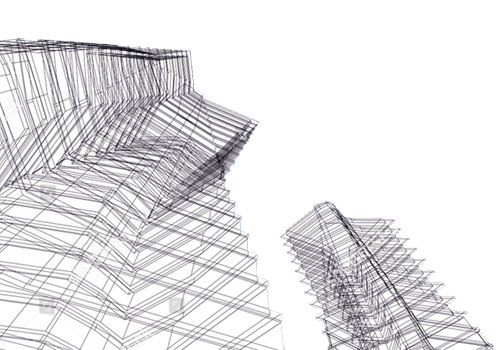How To Set Up Grids In Etabs
Rid lines (also known as reference grids or simply grids) serve as the connecting thread between all engineering and architectural drawings. They offer reference points that the reader can use to locate the identical spots on each drawing set for each discipline. They are equally crucial for helping your analysis model by offering snapping points. Additionally, it helps you match up your analytic model with the design drawings. So let's see how to configure grids in ETABS.
To put it as simply as possible, you need to go to the following location to set up grids in ETABS.
● Grid systems and Edit Stories
● Following that, the Edit Story and
Grid System Data dialogue box will appear.
● Simply select "Add new Grid
System."
● Navigate to the desired grid in the
preceding dialogue box, then select "Modify/Show Grid System" to make
changes to the grids contained inside that grid system.
However,
ETABS offers more possibilities for setting up grids. In CSI ETABS Building analysis and design software, grids can
be put up adequately to make your model effective and simple to examine and
analyze.
Modeling: An extensive selection of templates for speedy model creation.
A variety of templates are available in ETABS to help you launch a new model rapidly. You can provide the grid and grid spacing, the number of stories, the default structural system parts, the default slab and drop panel sections, and uniform loads at this step of the model template process (specifically dead and live loads).
Anatomical Model
Objects that
reflect the actual structural parts make up the physical model. Insertion
points, member orientations, object intersections, and other geometric
information collected by the object model are appropriately displayed in
physical model views.
Research Model
The finite
element model of the structure, which is composed of the connectivity of the
joints, frames, and shells and determined meshing, is shown in analytical model
views. The analytical model is automatically generated from the model and its
assignments and parameters when the analysis is done.
Abstract
The development of structural system concepts for tall buildings has been accelerated by the growing need to reach greater heights. For decades, structural engineers have been able to plan and build structures that have increased in height.
A century plus. This approach has led to the development of numerous innovative ideas, including the high-rise diagrid structural system, which is a relatively recent development. This idea of a system without vertical columns developed into the diagrid construction. Sigrid structural solutions are becoming structurally effective and aesthetically stunning components for tall buildings. Diagrid structures are efficient in providing solutions in terms of both strength and stiffness.


.png)
Comments
Post a Comment